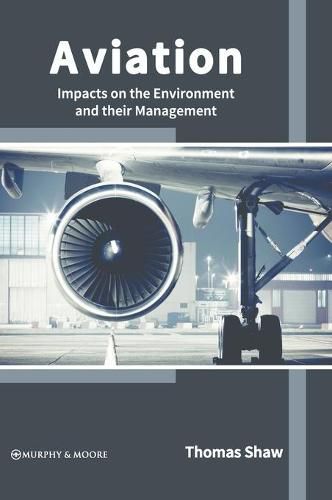Aviation: Impacts on the Environment and Their Management

Aviation: Impacts on the Environment and Their Management
The activities encompassing mechanical flight and the aircraft industry are known as aviation. It includes fixed-wing and rotary-wing types of aircraft, morphable wings, wing-less lifting bodies, lighter-than-air aircraft such as hot air balloons and airships. The aviation industry contributes to climate change as they travel through the tropopause and release carbon dioxide, nitrogen oxides, contrails and cirrus clouds, and particulates. It is responsible for noise pollution, air pollution, and water pollution. The aviation sector mitigates its harmful impact on the environment by improving aircraft technology using sustainable aviation fuels implementing economic measures, and regulating air traffic. It can also be managed by reducing air travel, route optimization, emissions trading, short-haul travel ban, better train connections, and taxation and subsidies. Aviation biofuel is considered to be one of the key elements to reduce the carbon footprint of the aviation sector. This book is a valuable compilation of topics, ranging from the basic to the most complex advancements in the field of aviation and its impacts on environment. It consists of contributions made by international experts. This book will serve as a reference to a broad spectrum of readers.
This item is not currently in-stock. It can be ordered online and is expected to ship in approx 2 weeks
Our stock data is updated periodically, and availability may change throughout the day for in-demand items. Please call the relevant shop for the most current stock information. Prices are subject to change without notice.
Sign in or become a Readings Member to add this title to a wishlist.


